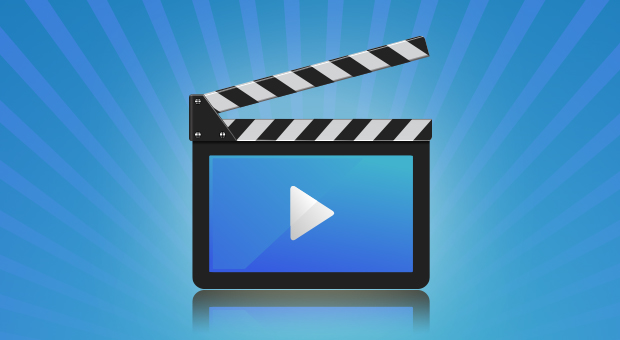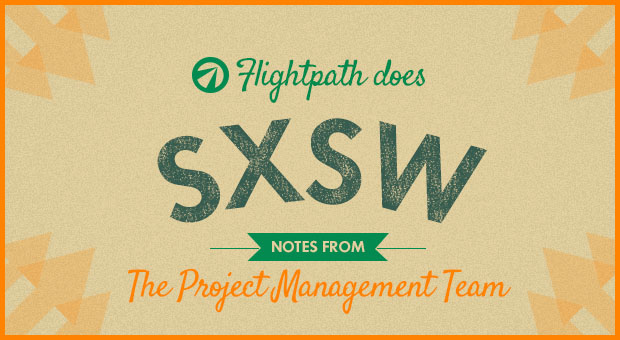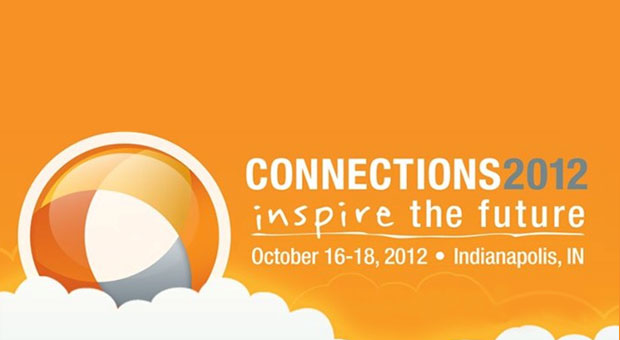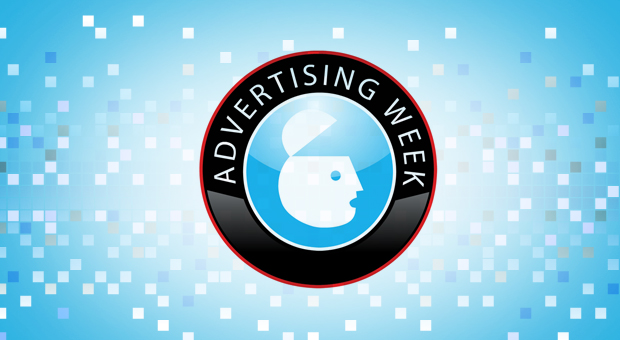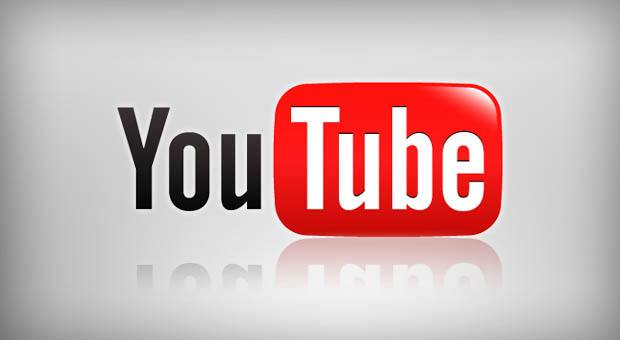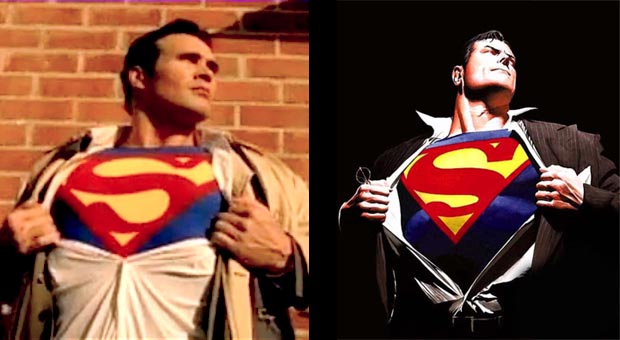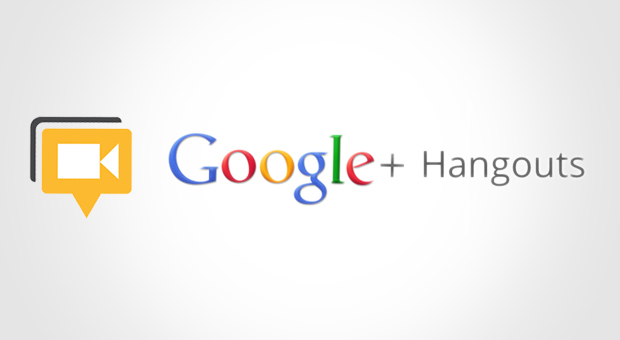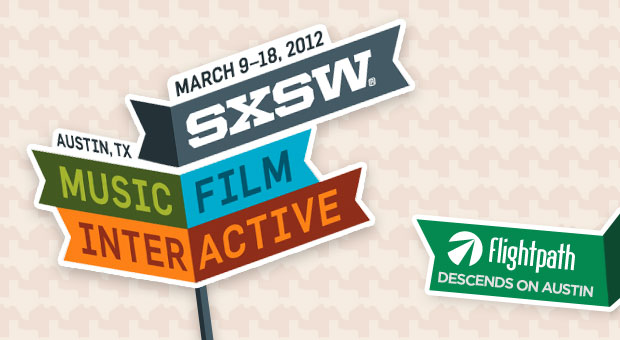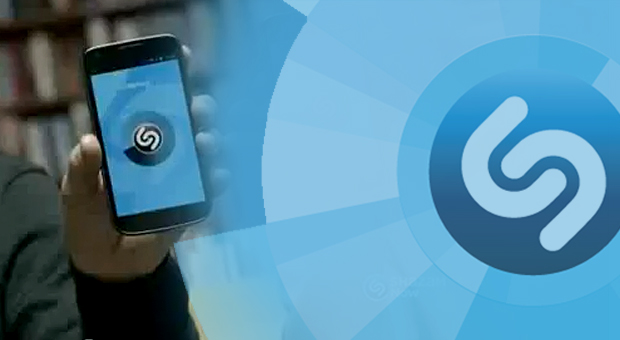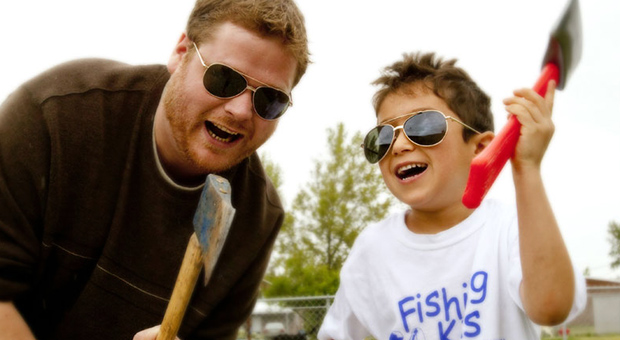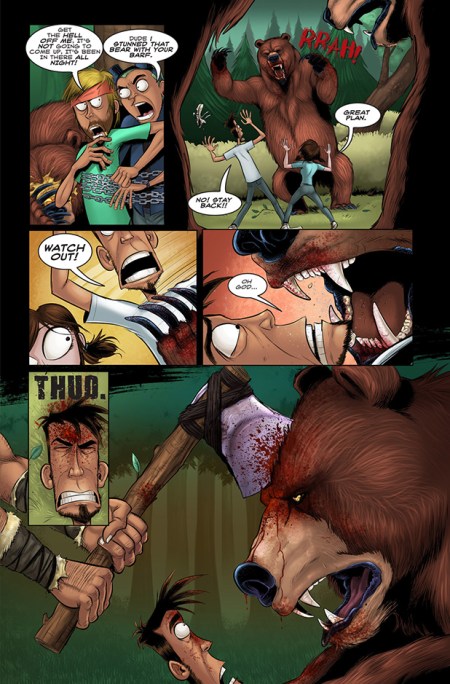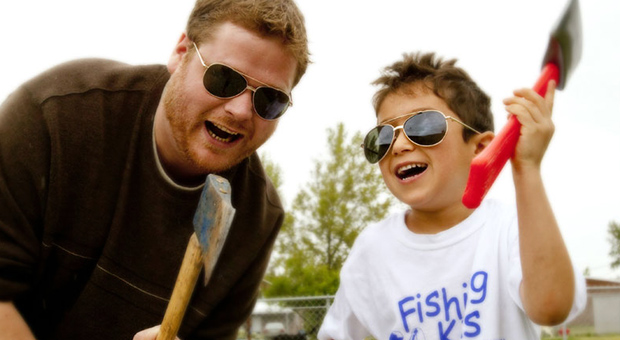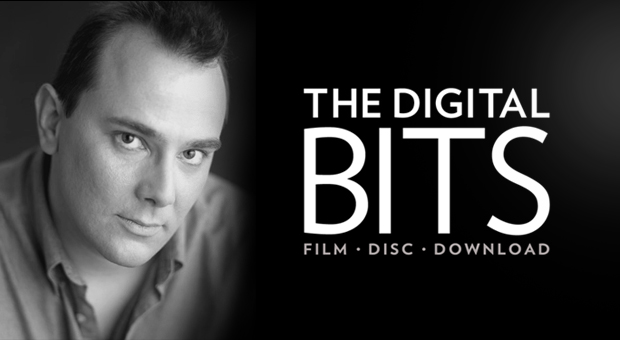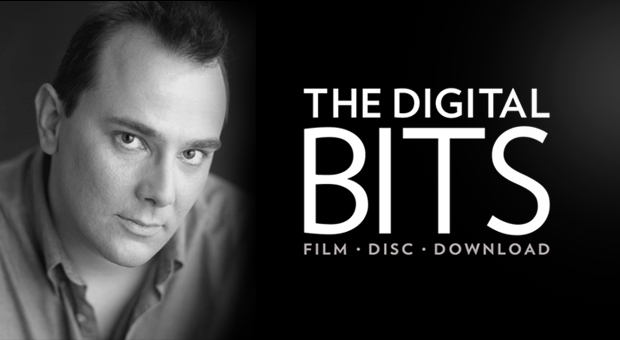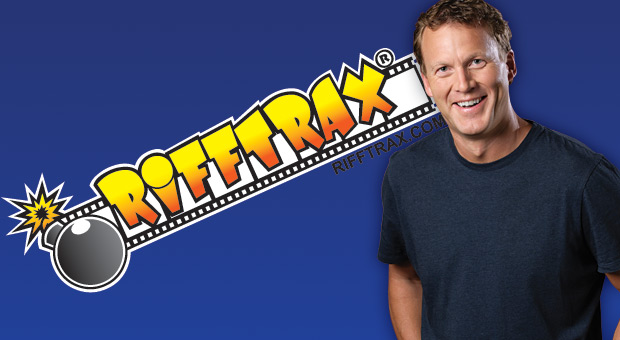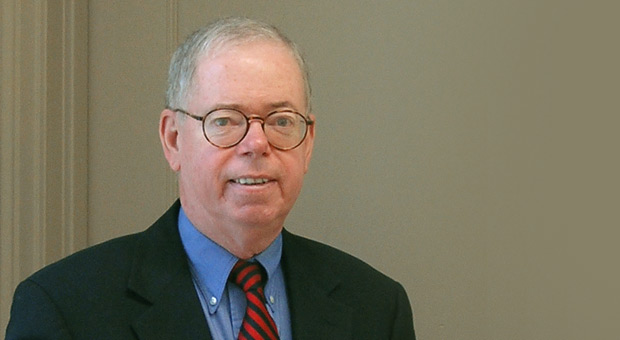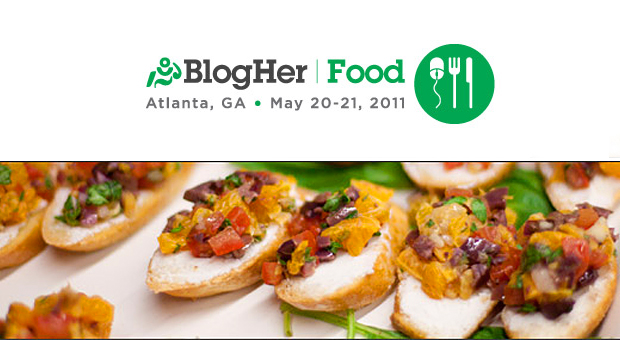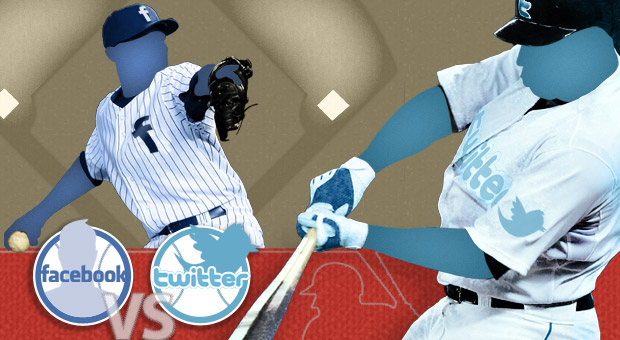For years, The Digital Bits has been a leading source of home video news, thoughtful reviews and industry discussion, developing a huge following among cinephiles and casual movie fans alike. From the beginning, it has been a champion of film restoration and presenting films with the best picture and sound possible; it helped establish the […]
For years, The Digital Bits has been a leading source of home video news, thoughtful reviews and industry discussion, developing a huge following among cinephiles and casual movie fans alike. From the beginning, it has been a champion of film restoration and presenting films with the best picture and sound possible; it helped establish the language of what constitutes quality bonus features; and it has an uncanny ability to offer smart film and disc critiques while addressing the technical aspects of DVDs and Blu-rays in an easy-to-understand manner. Today, its review archive is a treasure trove of insights and information on film and home video releases. In part one of our interview with Bill Hunt, creator of The Digital Bits, we discuss why he launched the site, the events that helped it make gains in popularity, and his new role as Star Wars therapist.
Flightpath: Can you talk a little bit about your life prior to The Digital Bits, and what led you to start the site?
Bill Hunt: Well, I’m originally from North Dakota, and I studied film at the University of Wisconsin in Madison. And right out of that, rather than getting into film, I actually got into video production. Did a lot of corporate stuff. I lived in Minneapolis for awhile after college and did a lot of directing and editing of corporate videos – training things, that sort of stuff. And that actually brought me out to California. In kind of a sideways way, I was doing video out here, and once I was out here I thought that maybe I’d establish some contacts in the film industry, and maybe see if I can’t put my foot in those waters and get involved there.
The interesting thing is that I actually became friends with a lot of people who worked at the studios. I’ve always been really interested in the technology of home video – video technology, film technology – and so when DVD was being developed, I had a lot of contacts at the studios, and so I was following it really closely and I was learning a lot of interesting behind-the-scenes things about the technology. At the time, like many film enthusiasts, I was a big LaserDisc fan. I kind of thought, for quite awhile, that a movie disc format with discs the same size as a CD would probably be a huge hit if it happened. That wasn’t necessarily the prevailing wisdom in Hollywood. There were a lot of people, very early on, who didn’t think that was going to be the case – people that I talked to at the studios.
But when it became clear that DVD was happening, they were developing a format, I started writing about it. I was using EarthLink at the time and I had a free homepage.
Flightpath: And what year was this?
Bill Hunt: This was ’97. Real, real early. When I would talk to these folks at the studios, I would put on this EarthLink site the interesting information I’d heard from them – what discs were being planned, what the technology was all about, what studios were going to be supporting the format. That sort of thing. It initially started as like, an email newsletter that I sent to a few friends, and then I moved that to the EarthLink site. But then within a month, EarthLink called me up and said, “You’re getting way too much traffic. You need to do this as a business.” Because what was happening was, there was really nobody covering DVD. Even Variety and Hollywood Reporter weren’t covering it. Video enthusiasts – Videographer and magazines like that – were sort of talking about it a little bit. But really, there was nobody who was diving into it, especially online. It was a time when there were very few websites devoted to this stuff.
So what was happening was, I was posting this information online, and all the Hollywood people who worked at the studios and the movie directors whose movies were potentially being considered for DVD, and just the whole Hollywood community, jumped on board, and just the whole enthusiast community jumped on board, and traffic just went crazy. So, within a month I bought a domain name and started doing The Digital Bits. I ended up quitting my job doing video production, and I’ve been doing it ever since.
Flightpath: Where’d you get the name from?
Bill Hunt: You know, it’s interesting. I was trying to come up with something that wouldn’t be obvious, which is both good and bad, because obviously on the Internet, if you want to read DVD news or Blu-ray news, you search “DVD” or “Blu-ray.” But my thinking was that everything was going digital. All these things were moving from analog to digital, so digital had to be in the name. And “bits” just seemed like bits of news, bits of information, and it tied into the actual binary bits of digital information. And it all just kinda worked, and it’s good because a lot of other DVD websites have come and gone or had to rebrand themselves later. And we are still plugging away.
Flightpath: What were some of the tougher learning curves in launching the site yourself and developing it? Because as you said, there just wasn’t much around at that time.
Bill Hunt: Yeah, there really wasn’t. Just learning how to build a website – and this was of course, ’97, which was very, very early, so it was very early HTML – that was definitely a learning curve. And it’s still a learning curve, because after I got it up and running, it took off so quickly that I’ve never had a chance to go back and redesign. So I’m actually, right now, doing a redesign that will take The Bits from sort of the original HTML model into blog, database-driven content. Yeah, so I’m just now doing that. And the reason is because, in addition to being the web guy, I was the reporter; I was the main contact with all the studios. So there just was never enough time, and that’s what I’m doing now.
Flightpath: I was going to ask about that. That’s one thing I always kind of liked about The Digital Bits. I feel like I’ve been visiting it as long as I’ve been interested in DVDs and movies, but you know, it’s always kind of felt the same. I’m not saying this to discourage you, but I’ve always liked that you seemed to resist the sometimes knee-jerk reaction of websites to redesign every year.
Bill Hunt: Yeah. It was both purposeful and not. One of the reasons it’s taken so long to work on a redesign, is because one of the things I hate about a lot of websites these days is that the blog format tends to really McNugget everything. I used to read the old music magazines – Crawdaddy and those kind of magazines, and the LaserDisc Newsletter, and some of those things – and one of the things I liked is that you’d get one long column in which the person would go from one topic to another, and kind of tie them together, and give you a little context. And so you’d get lots of news, but you’d also get some background information, and you kind of would see how it all fits together. You also got some personality, because there was room to add a little personality to it. That’s kind of always the way I wanted to write and the way I’ve always done The Bits. The problem is, when you go to the blog-driven format, the tendency is for every single piece of news to become a news McNugget. And so you get like 20 posts a day versus one or two good, long, substantial ones. The struggle has been to try and figure out how to adapt to the blog format without losing that personality. You know, everyone is trying to drive up hits and drive up content, and the more posts you do, the more hits you get. So there’s that theory. But my feeling is that, the people who like The Bits and who have stuck with us over the years, like The Bits for what we don’t do as much as for what we do. [Laughs] It’s like you say, there’s personality and we don’t do the McNuggeting. I have no desire to take a press release that I get from a studio about a Blu-ray release and just copy and paste it, and upload it and call that a post. Anybody can do that; it’s just not very interesting.
Flightpath: The problem with shorter content is that you can’t inject as much personality, or really, thought, into something.
Bill Hunt: I think that’s absolutely right. I mean, the news is everywhere. There are a hundred websites that are posting this kind of news. But what people tend to come to us for is perspective, so that’s what we try to bring to it.
So that’s been a challenge. And then I would say that the other challenge has been sort of the business side. Trying to figure out how to dive into the advertising model, and selling advertising and dealing with the other side of the studio – the ad buyers and the media people. One of the most challenging aspects of that has been that in the film industry, at the studios, there’s just a gigantic revolving door. So people go from one of the PR agencies to one of the studios, and then they go back to another studio, and then they go back to a PR agency. So it’s this constant churn of different people you’re dealing with.
Flightpath: Are you doing all of it? Those are very different hats to wear: creative and business.
Bill Hunt: I do a little of each of it. My wife, Sarah, does a lot of the business-end now. I really tend to focus on content and looking behind-the-scenes in the industry, maintaining those contacts, and doing reporting on those issues. We have columnists. For example, Barrie Maxwell, who does our classics column, reviews all the different formats but from a classic film perspective. Adam Jahnke does a lot of our more eclectic, more offbeat things. There’s also Tim Salmons, Todd Doogan, Jeff Kleist, Mark Altman and a few others who cover different things. And another good friend of mine, Matt Rowe, started a site called MusicTAP. So we partner with him on music content. We try and spread things around. But my whole day is spent answering emails, answering inquiries, talking to people in the studios, talking to DVD producers and special edition producers. That really is, I would say, the lion’s share of my day. And that’s hours, some days.
Flightpath: The Digital Bits launched way prior to things like Facebook, Google+ and social media. What did you do to try and spread the word?
Bill Hunt: The answer is we did almost nothing. The real advantage was that we were doing this before anyone else was really doing it, so there were very few other places to go. There were a few other good websites: DVDFile happened around the same time, plus DVD Review, Home Theater Forum. And Steve Tannehill’s DVD Resource Page was doing its thing. There were a handful that started around that time, but we were fortunate to be among the first. So everybody in that group, in that interest field, knew who we were, and it kind of spread via word of mouth within the industry and within the enthusiast community. And then certainly that was helped by the fact that we were right in the thick of the original format war, which was DVD versus DivX.
Flightpath: Yes! I still don’t understand DivX.
Bill Hunt: [Laughs] It was so ridiculous. We actually broke the news of DivX. We were the first publication, in print or anywhere, to reveal that Disney and Fox, for example, were going to adopt this format called DivX, which was sort of a pay-per-view flavor of DVD. And then we actually contacted DivX, and within a couple of weeks, we actually went to DivX and did a really substantial feature on the technology. We gave it a very fair shake, originally, and reported all the details of what it was and how it was intended to work and what it meant. After that, we sort of did a separate thing and said, “Well, here’s what we think about it.” And it really just kind of took off from there.
Flightpath: Related to that, was there a specific review or a feature that you ran, which really turned the corner for the website?
Bill Hunt: I would definitely say the DivX thing did, because that format war supercharged interest. Interest was really picking up, in terms of DVD, at the time. That topic just absolutely went everywhere. It was all over mainstream media. Attention coming to DVD was really [borne] out of that controversy about this format war. So I would say that.
And then also, when the Star Wars special editions came back to theaters, which I think was ’97, there was talk that those were the obvious movies to bring to DVD. Those are the movies that everybody would want. And I think it was in 2000 when The Phantom Menace came out, there was this controversy – it came out on VHS, it came out on LaserDisc, but it wasn’t on DVD. It was a huge thing. It’s like, [George] Lucas is very progressive about technology, and these are obvious films to bring out. And so we, along with several other websites, did this whole Star Wars-on-DVD campaign. And Lucasfilm took notice, and they basically said, “We’re gonna do it.” And a year later they put out Episode I on DVD. So we were covering that, and that also was a big landmark event for the site.
But I guess – probably the biggest thing that’s really helped The Bits grow over the years is that we’ve just assembled a really great group of columnists. I mentioned some of them earlier and there have been others as well that made key contributions and moved on. But for example, Todd Doogan coming on board and bringing his experience as a laserdisc reviewer and his time at TNT’s Roughcut – that was a big deal. Adam Jahnke – who started as a writer for Troma – brings a really refreshing and unique expertise and writing style to the site in his Bottom Shelf and Jahnke’s Electric Theatre columns. And Barrie’s passion and knowledge of classic films is as strong and deep as anyone I know. Each of our writers comes from a different place and a different perspective, but we’re all of very similar mind in terms of our love of this stuff and what we’re trying to accomplish. These guys are a big part of The Bits’ success and popularity. Even more importantly for me though, is that they’ve all become really great friends. Hell, they’re like family at this point. So I guess that’s really the thing I’ve gained and appreciate most from The Bits over the years – the friendships with them and others in the industry.
Flightpath: You mentioned Star Wars…it’s funny, because I’m a Star Wars nerd. And I feel like, reading your review of the Blu-rays and all the Star Wars releases where Lucas makes changes to the films, you almost have to act as a therapist for Star Wars fans.
Bill Hunt: [Laughs] It’s really true. It is true. And the funny thing about that is, I’ve said a couple of times, even in my reviews, is that I’m the same way. I grew up with those films; they had a huge impact on my life. It’s taken me years to learn how to sort of separate my practical, just common sense perspective, from the feelings I have connected to Star Wars. But having done that, having been able to do that, now I find that a lot of other people still aren’t able to do that. [Laughs] So in my review, I just try and say, “There’s good and bad here, but it’s not the end of the world. This isn’t rocket science, it’s not brain surgery. The films look good.” There is an aspect of that.
The other interesting thing about this website – tied to both format wars, tied to Star Wars, tied to you name it – is that I get hundreds of emails a day from people. Just readers who have questions or who want help. One of the things I tried to do very early on was to keep The Bits very focused at sort of a mass audience. Widescreen Review is a great publication, but you have to be a real expert and enthusiast to really appreciate all the detail it’s going into. My goal was to always say, “Okay, I want to do two things. I want to expose people who are new to DVD or Blu-ray to the technology, and explain it to them in a way that they can understand, and help them to appreciate it, to get the most enjoyment out of it. And then on other side of the coin, I want to expose people to a lot of films that they maybe haven’t seen before.” One of the greatest things that ever happened to me was in college, as a film major. Growing up in North Dakota, I didn’t have a chance to see a lot of foreign films, or independent films, or art house films. And suddenly, I was a projectionist for the film department, and I was watching [Akira] Kurosawa and Sergio Leone and [Federico] Fellini. That was just an amazing time for me – discovering all these great movies from around the world. So, what I was trying to do, was sort of bring my love of those things to people who may never have seen a [Stanley] Kubrick film or a Fellini film, and say, “You know, you might really be interested in this, and here’s why.”
We didn’t want to talk to the in-crowd, necessarily. We wanted to talk to everybody. We wanted to get everybody into the fold and let everybody share in the fun. Because of that though, we’ve developed a readership where, whenever they have a question or an issue, they start emailing. [Laughs] So, you know, half my morning is spent just going through emails and trying to answer as many as I can.
Flightpath: With great power comes great responsibility.
Bill Hunt: [Laughs] I guess so. I guess so. And the other fun thing about the site is, the longer we’ve been doing it, people just sort of feel like they know you. It feels like a family, to a degree. People have no problem emailing and talking about stuff, I think, because we do put a little bit of our personality into the site. They feel like they know who we are.
Be sure to come back later this week for part 2 of our interview with Bill Hunt!
